#mani kaul
Explore tagged Tumblr posts
Text





Uski Roti (1970) dir. Mani Kaul
74 notes
·
View notes
Text
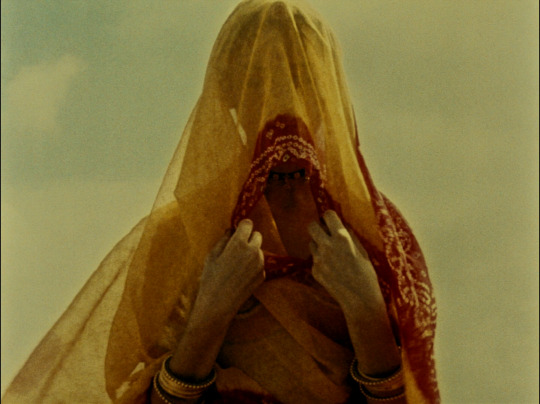

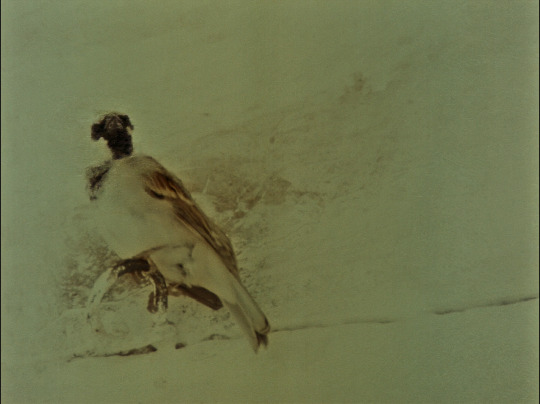


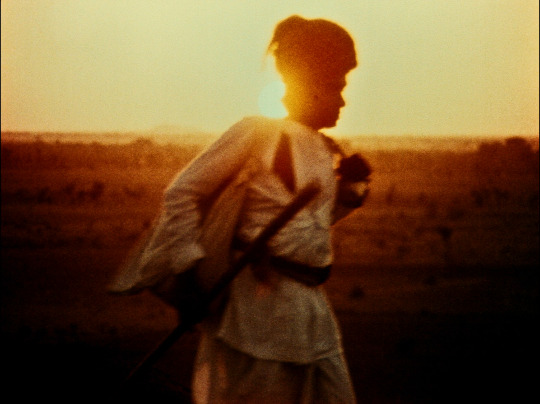
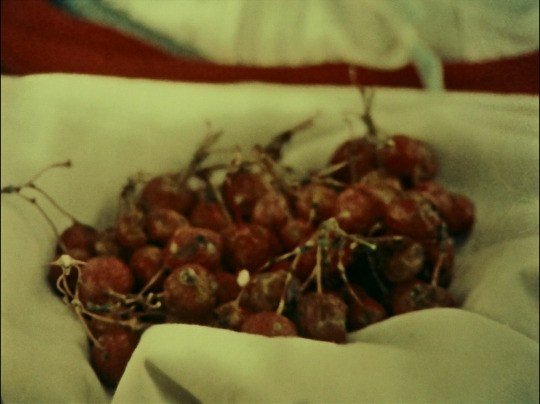


Duvidha, Mani Kaul, 1973
57 notes
·
View notes
Text





Duvidha, Mani Kaul (1973)
7 notes
·
View notes
Text
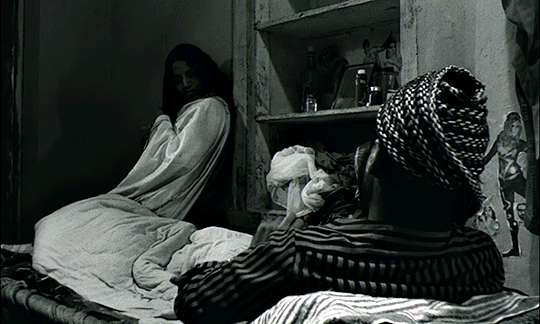
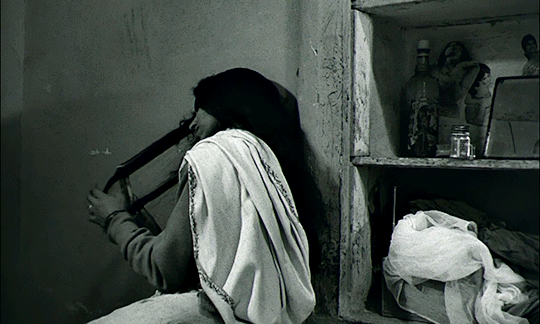
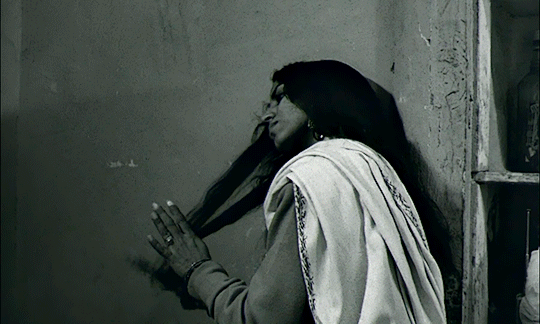
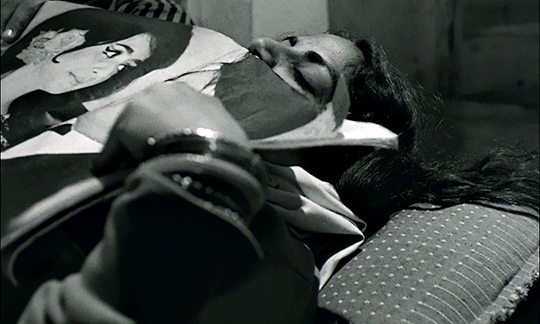
USKI ROTI (1970) dir. MANI KAUL
39 notes
·
View notes
Text

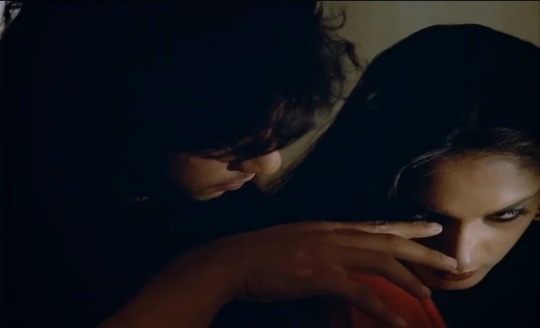



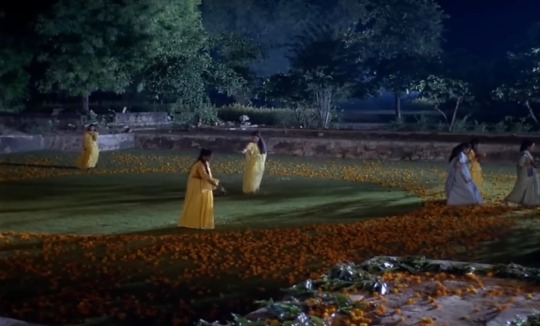



The Cloud Door (1994) Mani Kaul
11 notes
·
View notes
Text
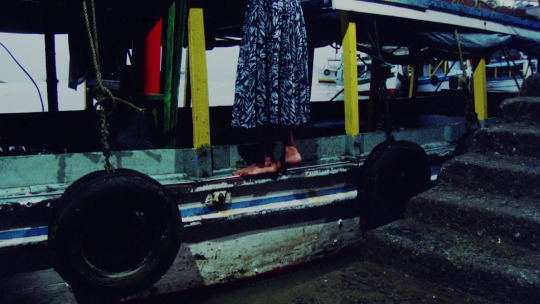

Nazar (1990) by Mani Kaul
8 notes
·
View notes
Text










BADAL DWAR [The Cloud Door]
Mani Kaul, 1994
2 notes
·
View notes
Photo

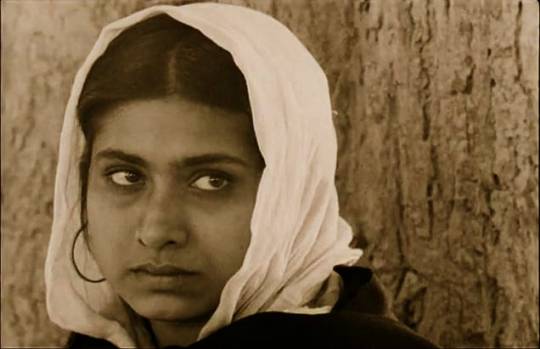
Uski Roti (1969)
28 notes
·
View notes
Text

Monday, April 22, 2024
"How can one expect dreams to last? They are built on quicksand.."
163. DUVIDHA (Mani Kaul, 1973) - India - Theatrical (DCP) - Lincoln Center, Walter Reade Theater - 82 minutes. Presented as part of Film Comment Live: Tribute to Navroze Contractor. New film #149.
3 notes
·
View notes
Text
just finished jade legacy
#wow. that was a Journey. the passage of time in this book made me so emo.....#watching them grow older and the CHILDREN GROWING UP SO FAST really got me :(#so much happened in this book it was insane but so so good and so satisfying#ayt madashi had me on my toes until the very end she is Ruthless#im never getting over ru :((( that made me cry. hated that so much it was JUST AN ACCIDENT and that makes it so much worse#seeing the kaul children as literal babies and then slowly growing into full adults over the course of the book just#made me that much more attached :((#also not me and my delusional ass somehow hoping anden and lott would become a thing hgkshfjdhf#ah well#ALSO BERO. this man is fucking cockroach. i love it. he was definitely one of the reasons this series was so enjoyable#love how he thought of himself as part of this grand myth bc of everything he's been through#it's so interesting to see this grand epic story of the kauls play out alongside this tiny thread that is bero’s life#he was such a big part of it but at the same time.....he was just a nobody#the part that really made me so so heartbroken and burst into tears was when#hilo was standing over lan and kehn and tar’s graves :((( his brothers all gone.....i cried#i could Feel how exhausted he was but how he had to pull himself together for the clan#AND THEN RU :((((((#idk man i have many thought none of them are coherent and i just finished a 700 page book but it's been an INCREDIBLE journey#im so glad i read these books. wow. i never ever expected to get THIS invested.#i haven't had such visceral reactions to a book in a long time. it kind of felt like coming back to life#like the way i used to read back in high school :')#anyway. how can i move on from this series!!! i feel like i need to let it sit with me for a while before starting anything else#if you have any suggestions please share !!
10 notes
·
View notes
Text










Uski Roti (Mani Kaul, 1970)
1 note
·
View note
Text
fuck it, book recommendations based on your favourite driver
+ age rating, summary and rambling disguised as explanation as to why
if your favourite driver is Lewis Hamilton...then i would recommend Carrie Soto is Back by Taylor Jenkins Reid
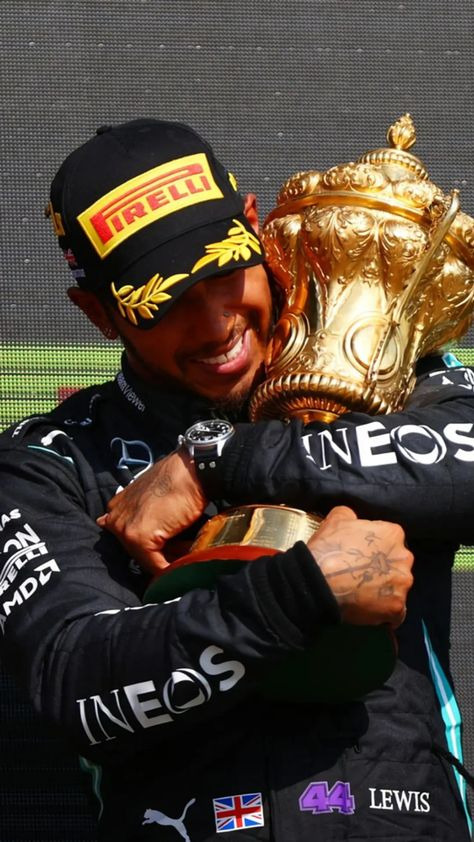
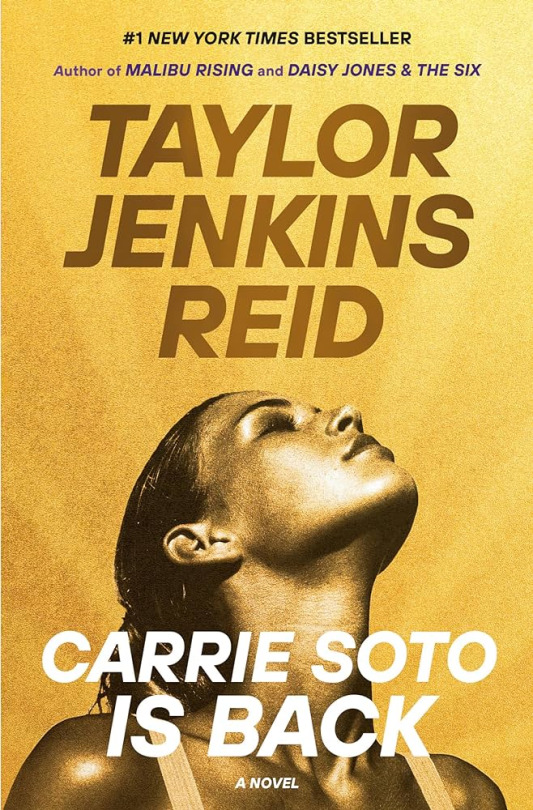
(historical sports fiction, standalone) "Carrie Soto, a fierce and determined retired tennis champion, comes out of retirement at thirty-seven to reclaim her record and face personal challenges, coached by her father partnered with the man she almost opened her heart to, in Taylor Jenkins Reid's novel about the cost of greatness and a legendary athlete's epic comeback."
the connection between this book and lewis is what inspired this whole post in the first place. a comeback story even if you have proven all there is to be proven? trying to beat all the odds against you even time? being an all-time champion AND an underdog? there are so many links that can be made between carrie and lewis not just with their careers and relationships but also what adversities they have had to face. idk but is this like manifesting that lewis is going to be "back" for his 8th wdc?
if your favourite driver is George Russell...then i would recommend A Good Girl's Guide to Murder by Holly Jackson


(young adult mystery thriller, book 1 of 3) "In 'A Good Girl's Guide to Murder,' Pippa Fitz-Amobi reexamines a closed case, challenging the conviction of Sal Singh for Andie Bell's murder, unearthing hidden secrets that threaten her safety as she seeks the elusive truth."
ah mr wannabe investigator (we all saw him checking out that redbull) but seriously there's something we grussell sprouts must enjoy about someone who seems so straight-laced and uptight be absolutely blatantly unhinged both on and off track. it's just so george to choose literal murder inquiry as a school project, from the ambition bordering on arrogance of believing a high schooler could do what the authorities couldn't to the genuine heartfelt sincerity in wanting the truth and to bring justice for those already deemed outcasts by society. he's OUR good girl that's not-so-secretly "bad".
(main ship are george and alex coded btw like im just saying)
(+ bonus rec bc i am incredibly biased) if your favourite team is Mercedes AMG Petronas F1 Team (had to google the name for the nth time)...then i would recommend The Green Bone Saga by Fonda Lee
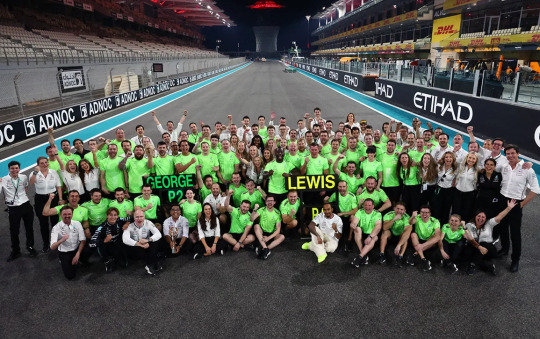
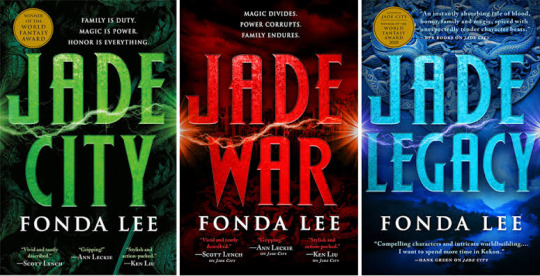
(adult fantasy, trilogy, best books i have ever read) "The Green Bone Saga is a fantasy trilogy by Fonda Lee, exploring the intricate power struggles and conflicts within and around the Kaul family. Set in the fictional city of Janloon with ability-enhancing jade as it's lifeblood."
my faves with my faves. mercedes aren't a national institution/emotion (ferrari), a team (red bull racing), a villains' lair (ashton martin) or a pop band (mclaren) but a family. a dysfunctional, awkward, barely concealed hot mess of a family, but family nonetheless. chasing victory while trying to survive the horrors of life and each other is the merc way and you will see the same in this trilogy. *toto voice* loyalty!
family is duty. magic is power. honor is everything. <- literally them
if your favourite driver is Oscar Piastri...then i would recommend The Lightning Thief by Rick Riordan


(young adult fantasy, book 1 of 5) "In 'The Lightning Thief' by Rick Riordan, seemingly troubled teenager Percy Jackson discovers his divine lineage as a demigod, embarks on a perilous quest with his friends to prevent a war among the gods."
wow guys i don't know what to tell you except oscar JACK piastri, SON of nicole and chris piastri, might literally be percy JACKSON (i have connected the dots, you haven't connected shit). your guy might have had a former illustrious career in undertaking dangerous quests and asking greek gods to pay child support, you should check.
if your favourite driver is Lando Norris...then i would recommend Magnolia Parks by Jessa Hastings
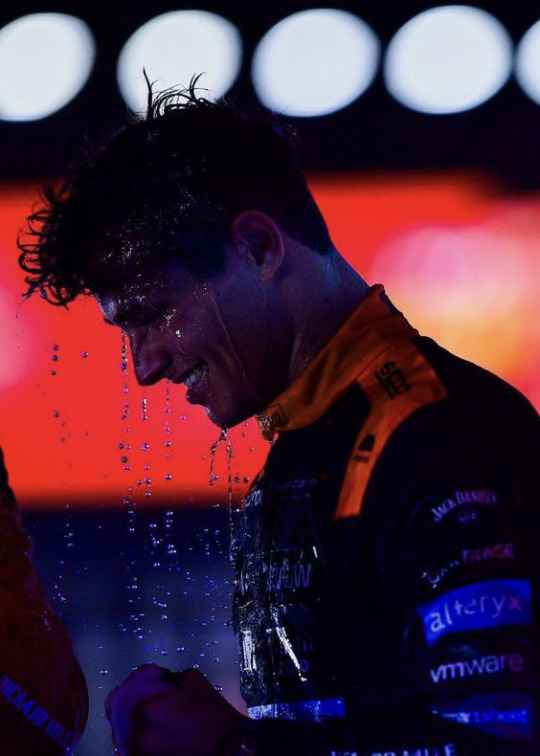

(adult contemporary romance, check tws, book 1 of an ongoing series) "In 'Magnolia Parks' by Jessa Hastings, a tumultuous love story unfolds between the beautiful and self-involved London socialite Magnolia Parks and Britain's notorious bad-boy BJ Ballentine, as they grapple with a dysfunctional relationship marked by heartbreak, secrets, and the enduring pull they feel towards each other."
picked this based on vibes, just pure vibes but immaculate ones. the drama, the glitz, the glam yes but also the family, friendship, and love found within the pages of this series. this is british gossip girl. i am telling you there is a vision here people.
(+ bonus review because this might be the only book on this list that has less (3.84) than 4+ stars on goodreads and i can't do him and y'all dirty like that: i personally didn't love the first book but the series really comes together and you truly get invested in these characters and their happiness, actually pretty excited to read more.
also if nothing else it's fun, just some brain popcorn)
if your favourite driver is Carlos Sainz...then i would recommend The Wrath and the Dawn by Renée Ahdieh


(young adult romance fantasy, check tws, book 1 of 2) "In a land ruled by a murderous boy-king, Shahrzad vows vengeance for her friend's death and becomes the next bride of the tormented Caliph Khalid, discovering unexpected love as she navigates the perilous palace of secrets and stories, torn between survival and the promise of retribution."
wow like you think he didn't step out of a magical retelling of 1001 nights? mhm but let's leave aside the fact i am still not convinced otherwise. carlos this year has shown his insane mega ultra galaxy brain, so i believe the plot of the wrath & the dawn would be something that would resonate with you. the quick wit and guile of the mc as she tries to carry out a revenge plot while trying to not get executed is only comparable to carlos coming up with his own race strategy mid race and cementing himself as the only non-rbr race winner in 2023. wow.
if your favourite driver is Charles Leclerc...then i would recommend The Song of Achilles by Madeline Miller

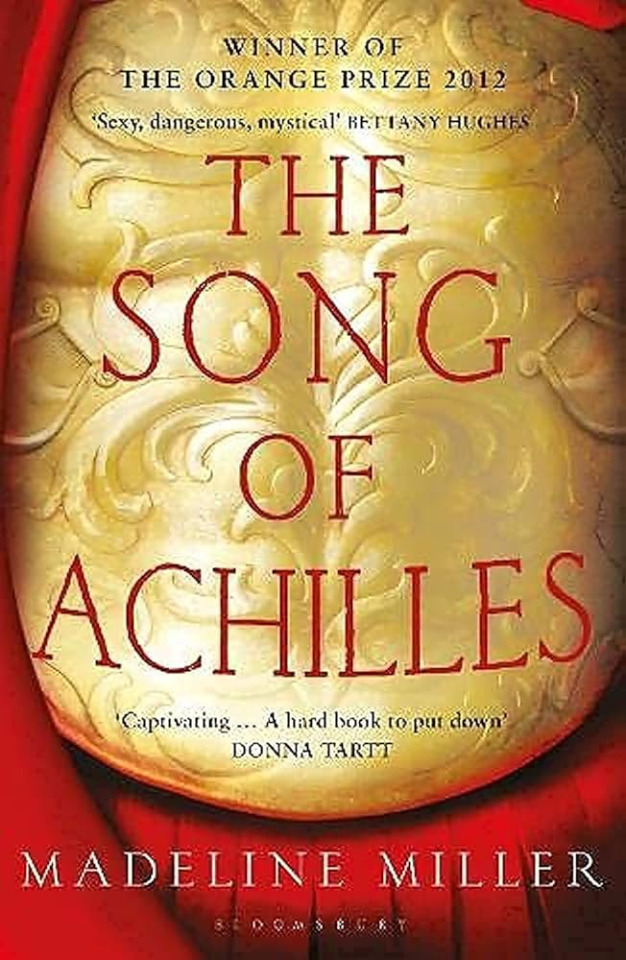
(historical romance fantasy, standalone) "The Song of Achilles by Madeline Miller is an Iliad retelling, focusing on the deep and complex relationship between Achilles and Patroclus."
he has that sadness in his eyes that you only see in tragic greek myths etc etc. i will have to say, achilles walked so charles leclerc could race. *soft longing sigh* il predestinato and aristos achaion, the predestined and the best of the greeks. beloveds born and bathed in golden light. it just makes sense to me.
if your favourite driver is Alex Albon...then i would recommend Beach Read by Emily Henry

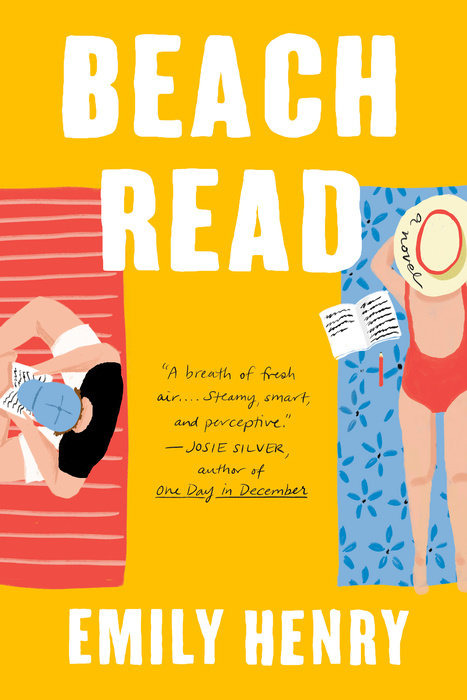
(adult contemporary romance, standalone) "A romance writer who no longer believes in love and a literary writer stuck in a rut engage in a summer-long challenge that may just upend everything they believe about happily ever afters."
i mean alex is a living-breathing romance novel of a man. BUT it hasn't always been sunshine and rainbows (helmut marko if i catch you). so i think any emily henry book but especially beach read captures the ups and downs of alex's journey so well compared to just any ole romcom (...but if i had to give one for the alex enjoyers then it would be Better Than the Movies by Lynn Painter, coincidentally also george and alex coded lmao).
but was it his remarkable drive back to f1 or the recent holiday beach pics that was the reason behind this rec? i guess we will never know
if your favourite driver is Logan Sargeant...then i would recommend Howl's Moving Castle by Diana Wynne Jones


(young adult fantasy, book 1 of 3)"In 'Howl's Moving Castle' by Diana Wynne Jones, eldest daughter Sophie is cursed to age prematurely, the key to break the spell lies in the enigmatic Wizard Howl's castle. Sophie embarks on a quest to confront the Witch who cursed her all the while unraveling hidden truths about herself and Howl."
"let's bring it in and call it a day - let's look after of you." to "that's my girl" pipeline and vice versa. i know what you are.
but logang (the only one i know frfr) you deserve it okay? a cozy lil fantasy full of whimsy and wonder. tuck in and have some tea and cookies, pookies.
(i wanted to do the full grid but keep the teammates together and i haven't yet come up with something for all of em so there will be a part 2...? hopefully...?)
sources for summaries: thestorygraph and goodreads
#f1#formula 1#lewis hamilton#george russell#mercedes amg f1#oscar piastri#lando norris#carlos sainz#carlos sainz jr#charles leclerc#alex albon#logan sargeant#i had a thought and not much else
103 notes
·
View notes
Text



Duvidha, Mani Kaul (1973)
4 notes
·
View notes
Text
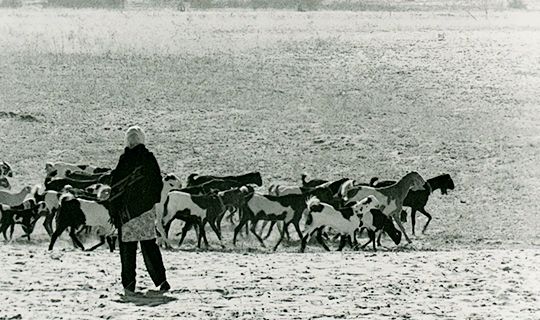








USKI ROTI (1970) dir. MANI KAUL
45 notes
·
View notes
Text
name. keva
pronouns. he/xe but lately i’ve been lovin the no pronouns game icl
preferred comms. discord + i need you to bump messages if i havent responded because i will forget and i admit that it is on me
name of muse. there’s like 99 of them if you count my canons and ocs and uh well. this is why i will directly call out which characters i am feeling the most in my pinned. kisses xoxo
experience in RP. let me take you back to 2011 if you will allow me ……. me and several of my irls were doing some silly roleplay thing in an imsg gc. moved on to kik. was on instagram for a while. twitter (but the tumblr kind) during the height of the pandemic. oc & shadowhunters tumblr blogs circa 2015-2018. groups on tumblr on/off from 2016. cycling through multis and single muses since about 2021. most recent non-multis i’ve had…. kim dokja (orv), the kaul siblings + anden (greenbone saga), caleb widogast (cr), nico di angelo (rrverse), a couple iterations of shion, an iteration of sylvain + some of their siblings, & a couple others that i’m forgetting. generally i’ve always been most comfortable writing ocs & canons from niche media/media with a smaller rpc.
best experiences. 2020-2021 was terrible for a number of reasons but it was Fun sometimes. met a few friends i still talk to and are very dear to me. i am definitely happier now(?) because i am more comfortable curating my own space and setting boundaries even if i lack the deeper dynamics i had back then.
pet peeves / dealbreakers. i do not care if people “use me” for a certain canon or gender presentation of character as long as they respect and understand the character and the way i write them. i do not care for mindless performative behavior. i do not care for vagues. i do not care for facechasing or forceshipping. if i am uncomfortable i will take it into my own hands and soft/hard block. i do care that my boundaries are respected and that you care for my character past their face / a ship / etc. i do care that my characters of color are not ignored. i do care that my transgender characters are not ignored. yes this is bare minimum.
muse preference (angst, fluff + smut). generally i’m best with angst. my fluff needs to be flavored as hurt/comfort or have some sort of direction or i get bored/disinterested. i usually need some sort of direction for most threads as i’m not great with purely introspection/philosophizing without some plot movement or action. i actually think i’m pretty good with action scenes (as in fighting/sparring/etc). i’m ok with writing smut! you are welcome to approach me for it but i do prefer to have an established rel prior to exploring it.
plots or memes. both!! memes are good for jumping off/starting interactions/testing the waters but i do need some substance with it so i prefer that if you send a meme, to please message me afterwards if you’d like to expand. i lose interest on just back and forth memes without a plot.
are you like your muse. a few but not many. i put bits and pieces of myself in my muses. i don’t think any of my muses are a whole lot like me — canon and oc included.
tagged by. @ninkaku (ty!!)
tagging. you my friend who is reading this :)
8 notes
·
View notes
Text

Nazar (1990) by Mani Kaul
5 notes
·
View notes